Abstract
Malarial antibody levels were measured by the enzyme-linked immunosorbent assay (ELISA) in two West African populations, one exposed to intense malaria transmission and the other protected. The results reflected the transmission of maternal antibody and, in the unprotected population, the subsequent increase of the ELISA values with age reflected the development of the immune response to malaria. Malaria control activities reduced ELISA values in the protected population. The limitations of the ELISA test used in this study are shown by the fact that numerous infants with previous proven parasitaemia were ELISA-negative. Purified antigens are needed to improve the ELISA test for use in serological surveys of malaria.
Full text
PDF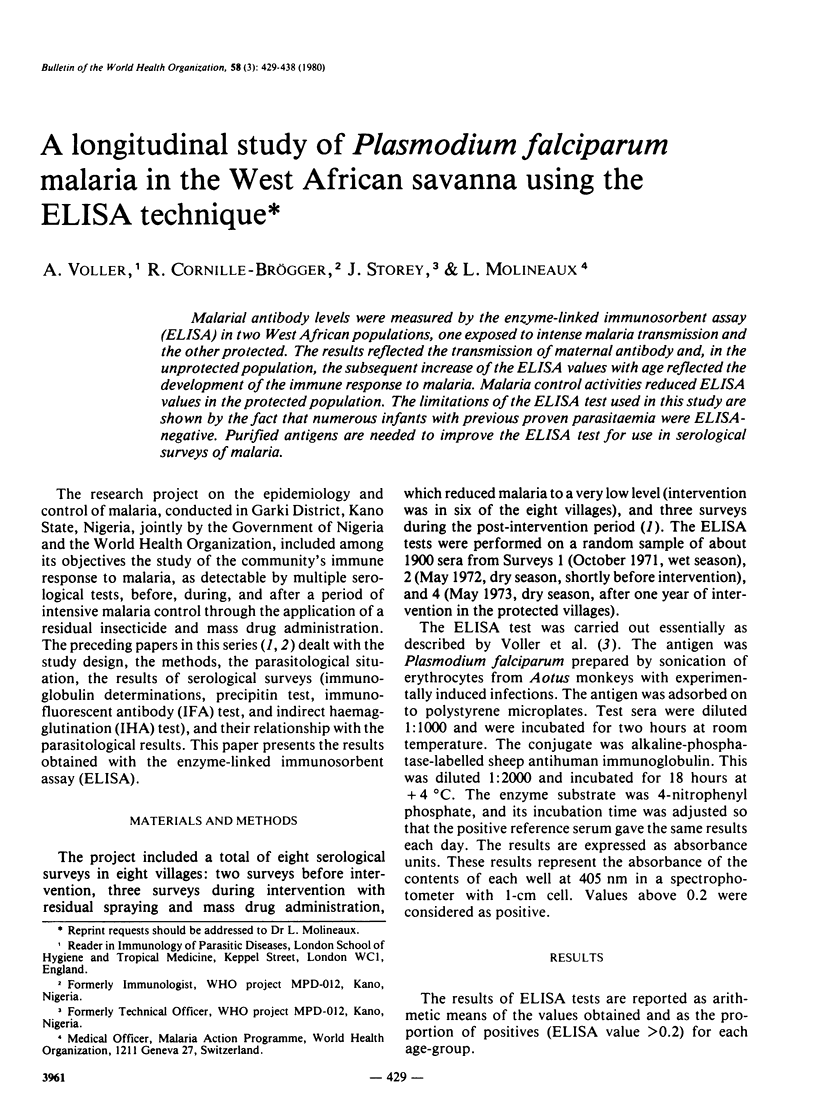
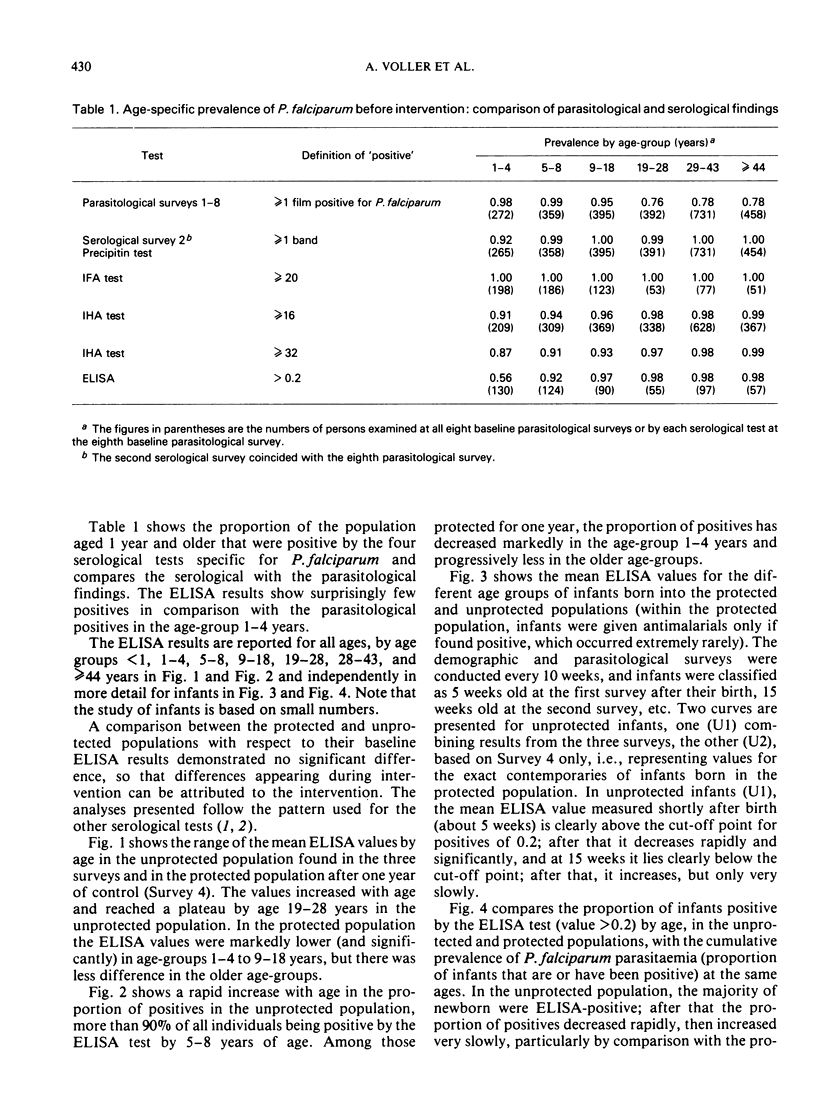
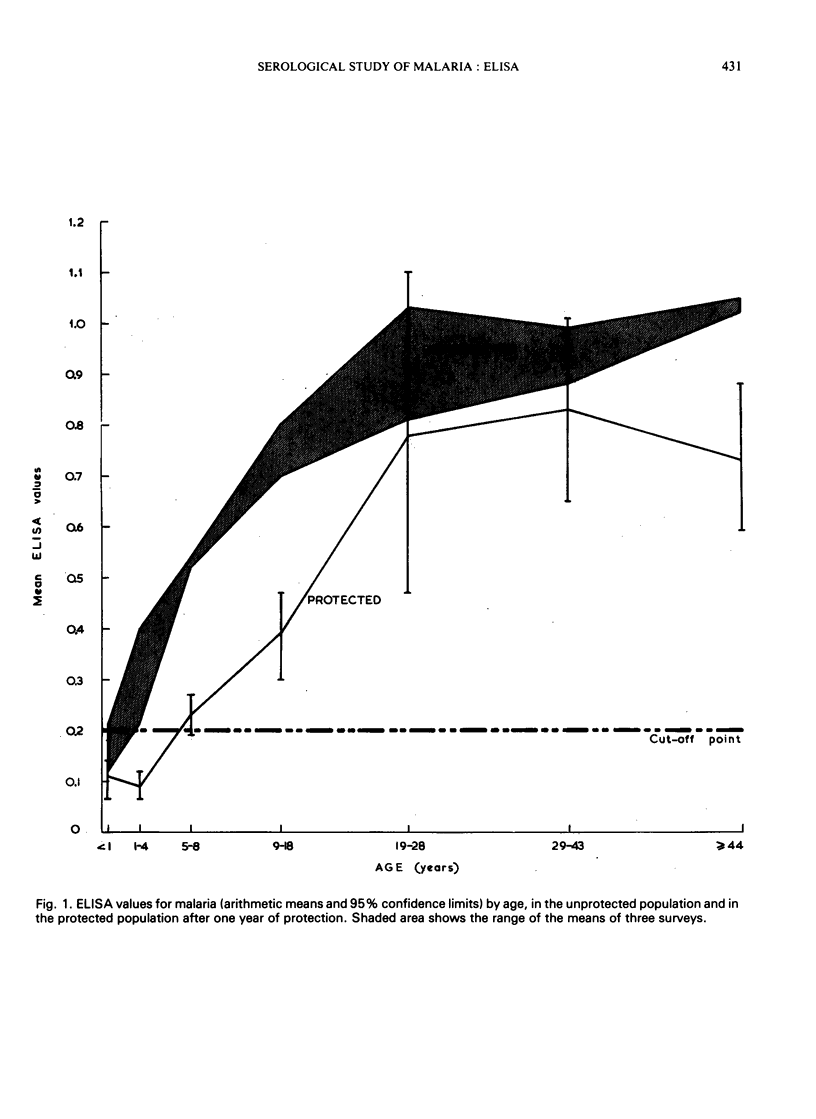
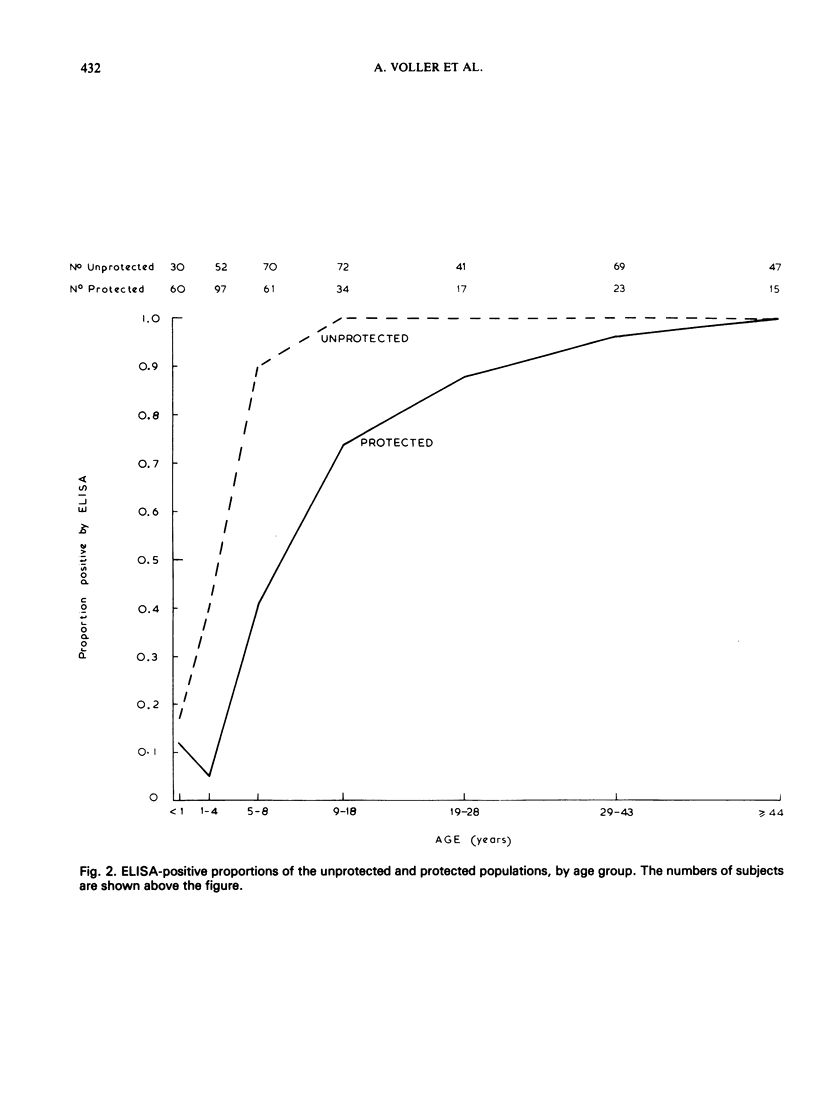
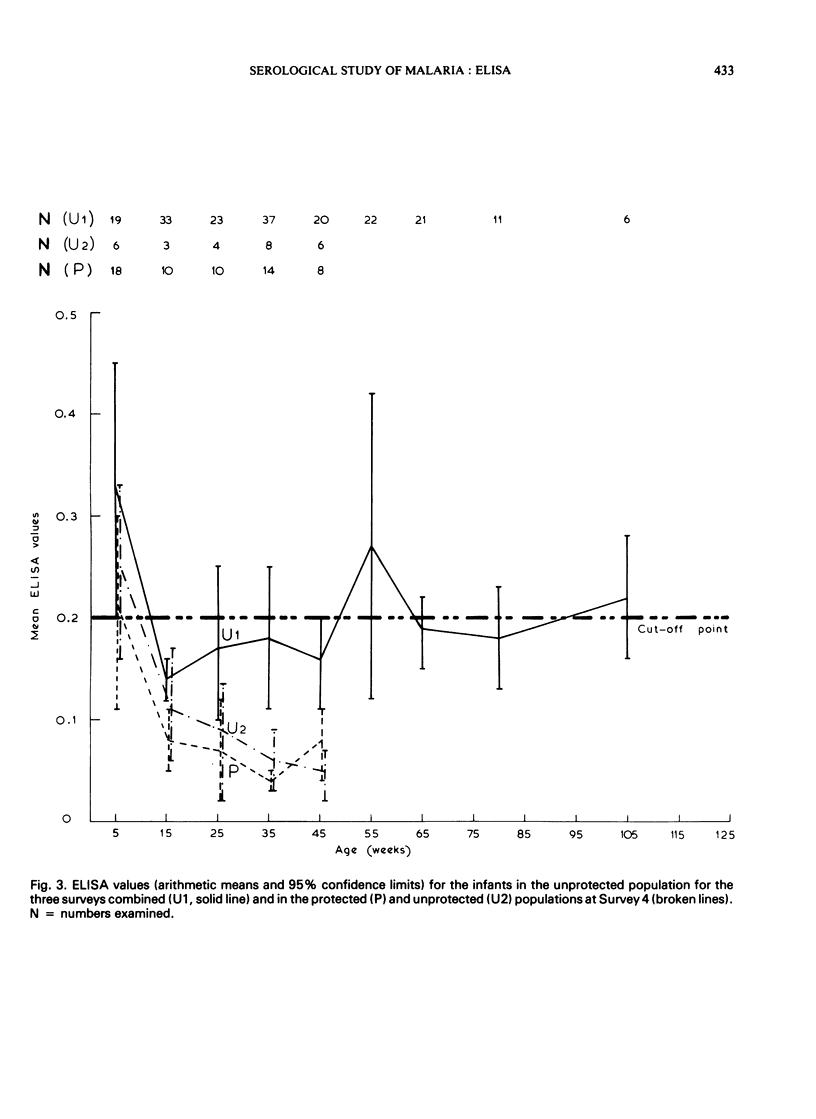
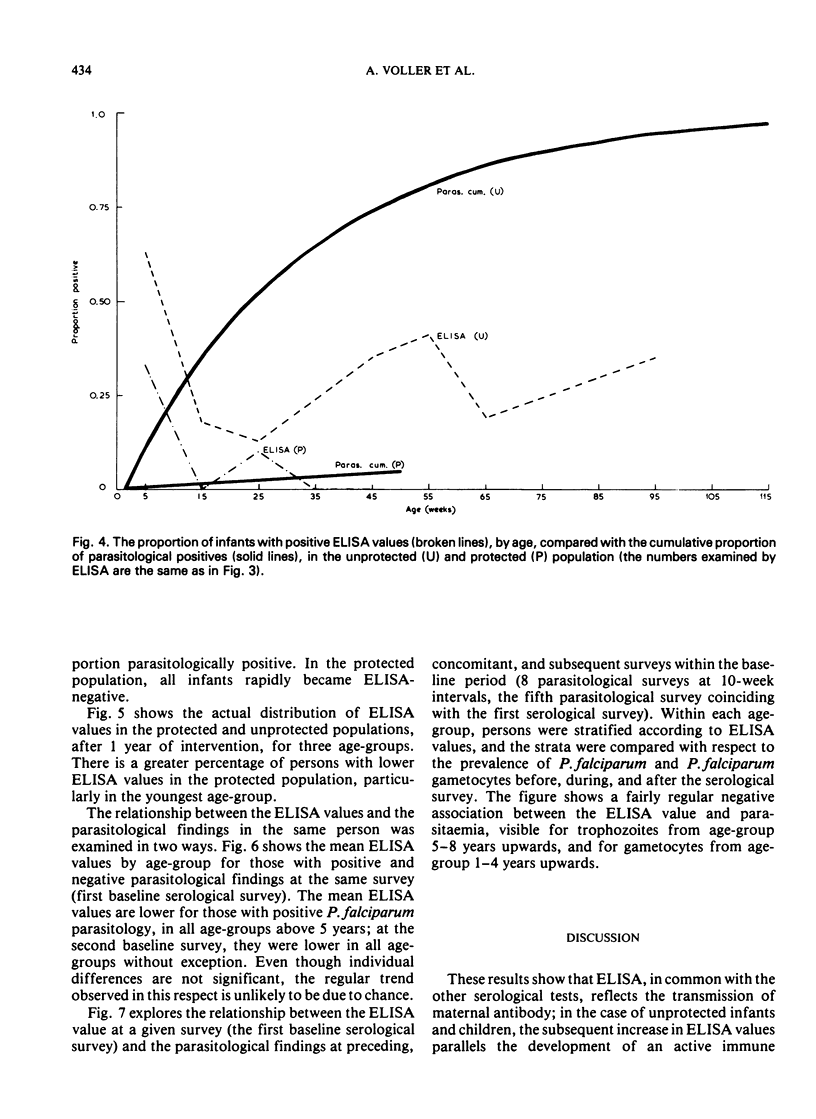
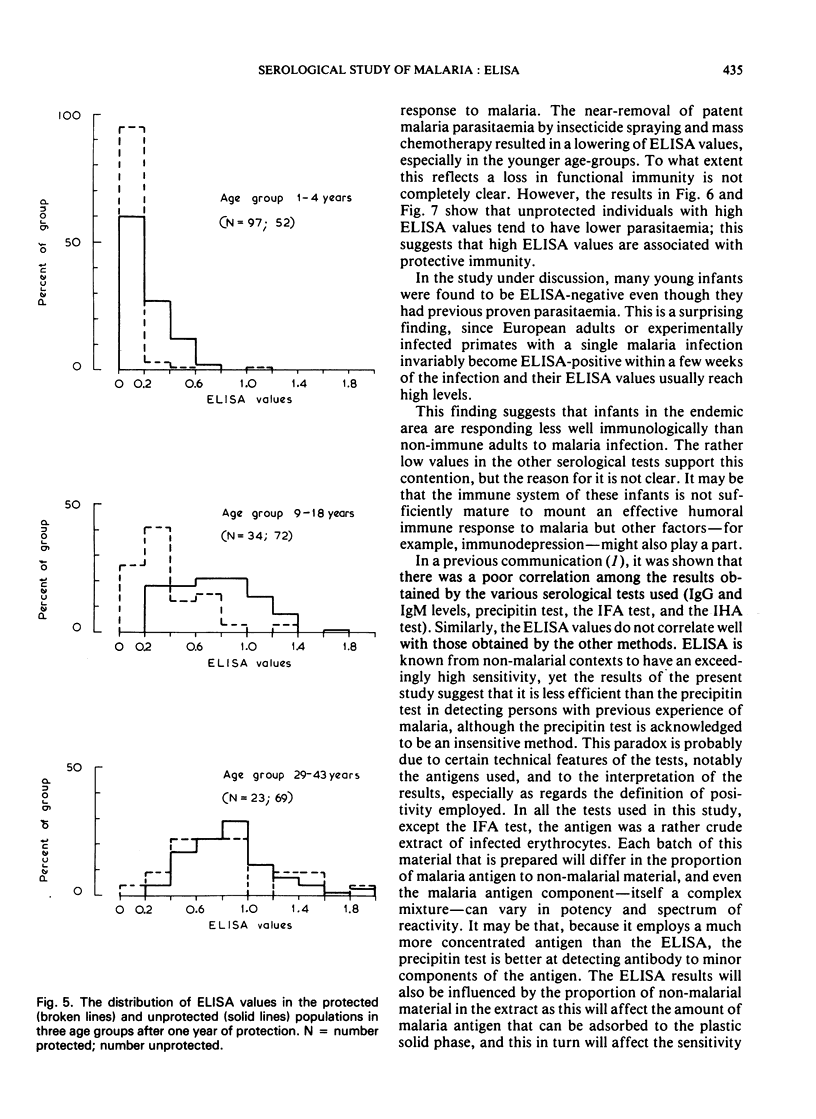
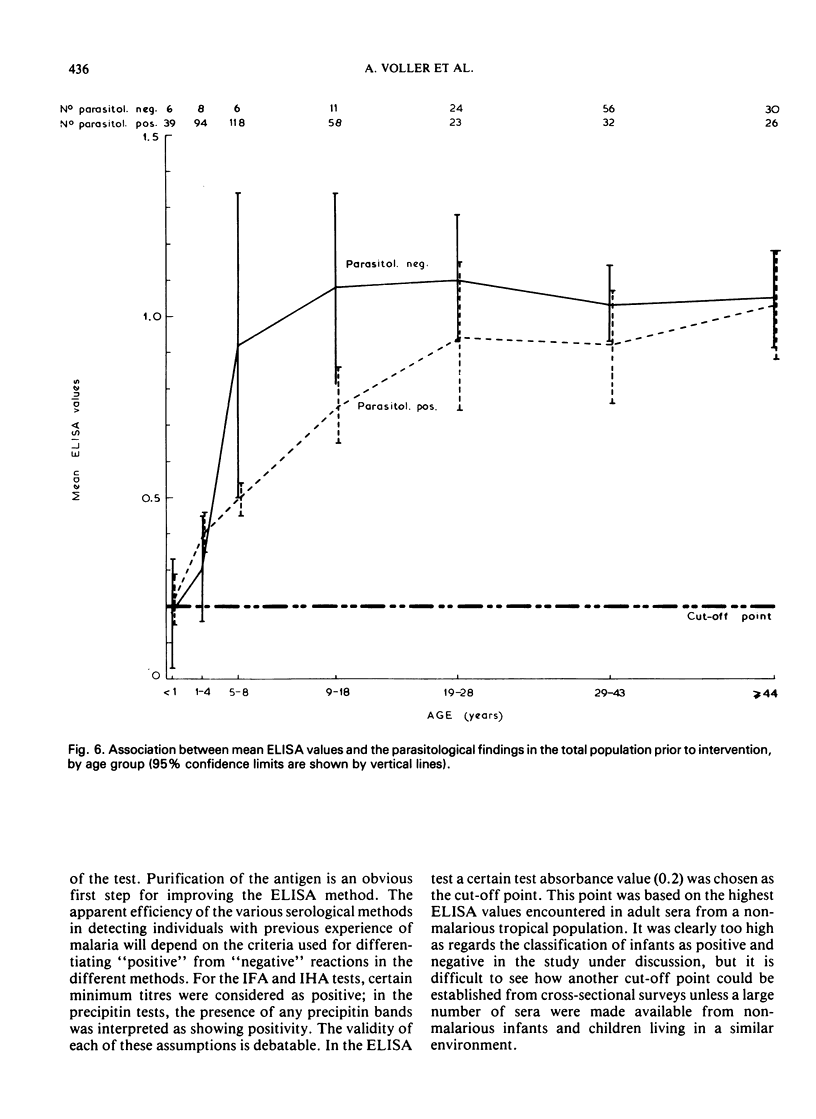
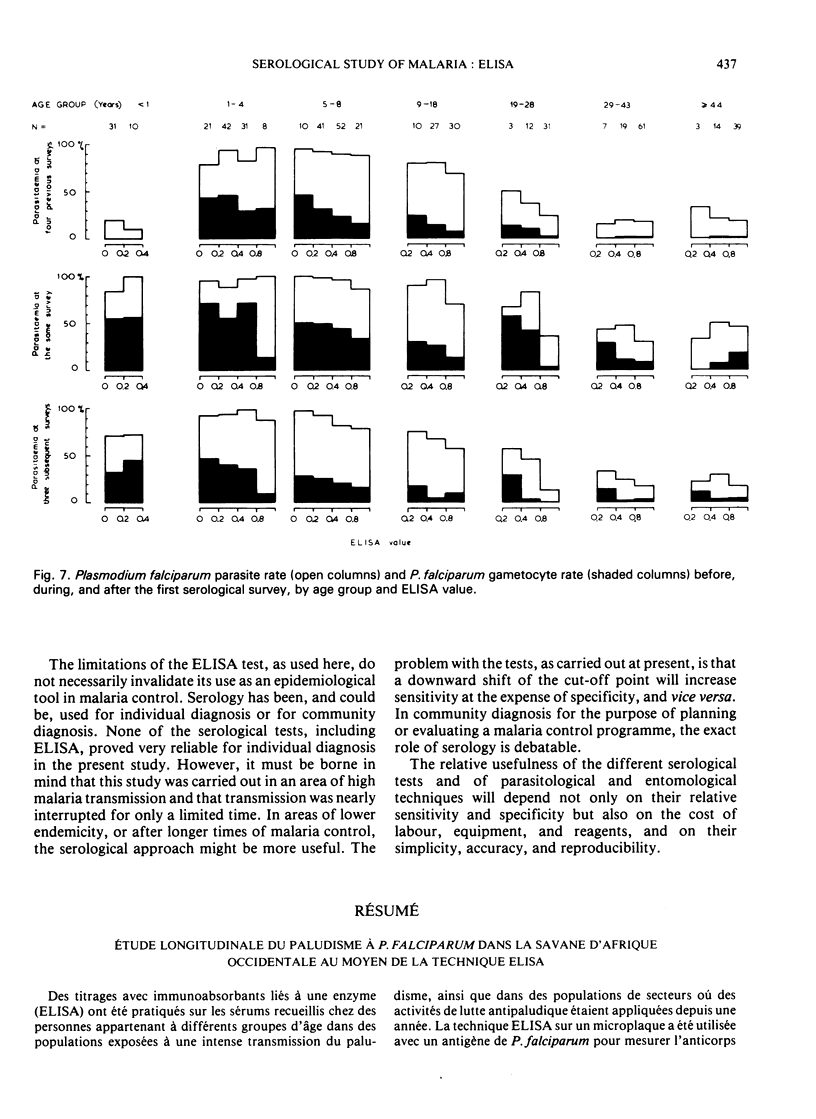
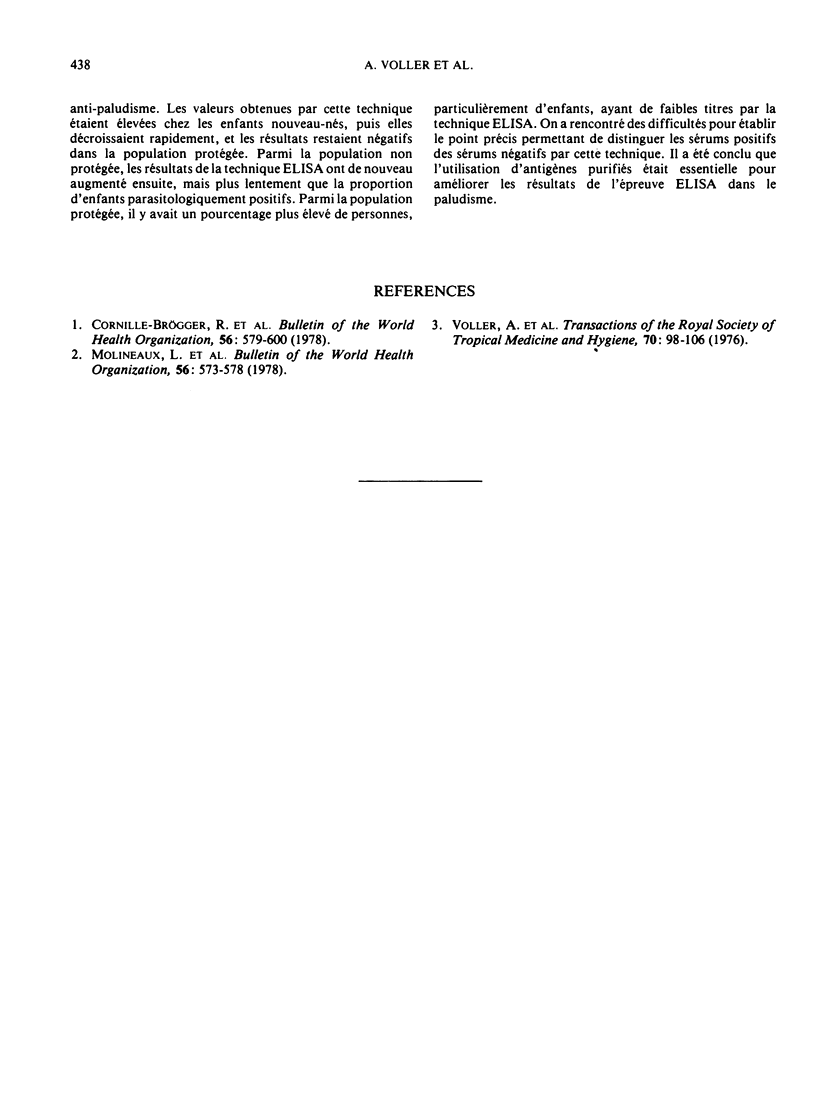
Selected References
These references are in PubMed. This may not be the complete list of references from this article.
- Cornille-Brögger R., Mathews H. M., Storey J., Ashkar T. S., Brögger S., Molineaux L. Changing patterns in the humoral immune response to malaria before, during, and after the application of control measures: a longitudinal study in the West African savanna. Bull World Health Organ. 1978;56(4):579–600. [PMC free article] [PubMed] [Google Scholar]
- Molineaux L., Cornille-Brögger R., Mathews H. M., Storey J. Longitudinal serological study of malaria in infants in the West African savanna. Comparisons in infants exposed to, or protected from, transmission from birth. Bull World Health Organ. 1978;56(4):573–578. [PMC free article] [PubMed] [Google Scholar]


